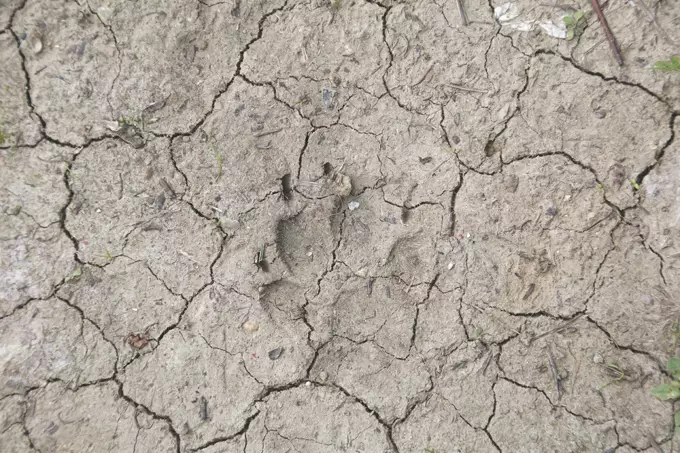When you notice that your dog’s paw pads are cracked or dry, the first and most responsible response is to consult your veterinarian. This step cannot be overstated. Cracked paw pads might seem like a minor issue, but they can be an indication of more serious health problems, from allergies to infections. A veterinarian can help determine the underlying cause of your dog’s discomfort through thorough examinations, which might include blood tests or even biopsies. Ignoring the signs can lead to further complications, so prioritizing professional advice is crucial for your furry friend’s well-being.
Home Care: A Gentle Approach
If your veterinarian deems it safe and appropriate to address the issue at home, various gentle remedies can contribute to healing. Among these options, animal-safe moisturizers come highly recommended. However, it’s imperative to consult your vet before applying any product to ensure it’s suitable for your dog’s specific condition. Using a small amount and ensuring deep application is essential, given that dogs have an innate curiosity and tend to lick off substances applied to their paws. Finding a product that both nourishes and stays on is key to healing those cracked pads effectively.
Environmental Factors: Awareness is Key
Another practical step in the healing process is to consider your dog’s environment. Rough surfaces can exacerbate the issue, so keeping your dog away from such terrain is essential during recovery. Taking walks on softer surfaces like grass and dirt can make a significant difference. During winter months, be particularly aware of salt used for de-icing roads and sidewalks, as it can aggravate your dog’s paw problems. Gently cleaning your dog’s paws with a soft cloth after outdoor excursions is a simple yet effective way to avoid irritation and facilitate healing.
Summer Precautions: Beat the Heat
Summer brings its own set of challenges for your dog’s paw pads. Asphalt and sand can reach extreme temperatures, posing a threat to your dog’s sensitive feet. Avoiding these surfaces is advisable; however, some situations may be unavoidable. In those cases, consider investing in high-quality dog booties. While your dog may initially resist wearing them, introducing them indoors with positive reinforcement, treats, and plenty of patience can help them get accustomed. Booties can serve as an excellent line of defense against hot or rough surfaces, allowing your dog to enjoy outdoor play while protecting its paws.
Enhancing the Healing Process
In addition to environmental precautions and moisturizers, hydration plays an underrated role in maintaining healthy skin, including paw pads. Ensuring your dog has access to fresh water can support their overall skin health. A balanced diet enriched with fatty acids can also contribute to better skin resilience. Moreover, regularly checking on your dog’s paws can empower you to catch any issues before they escalate into serious problems. By staying proactive about your dog’s paw health, you can ensure they remain active and happy, enjoying life to the fullest despite occasional setbacks.

